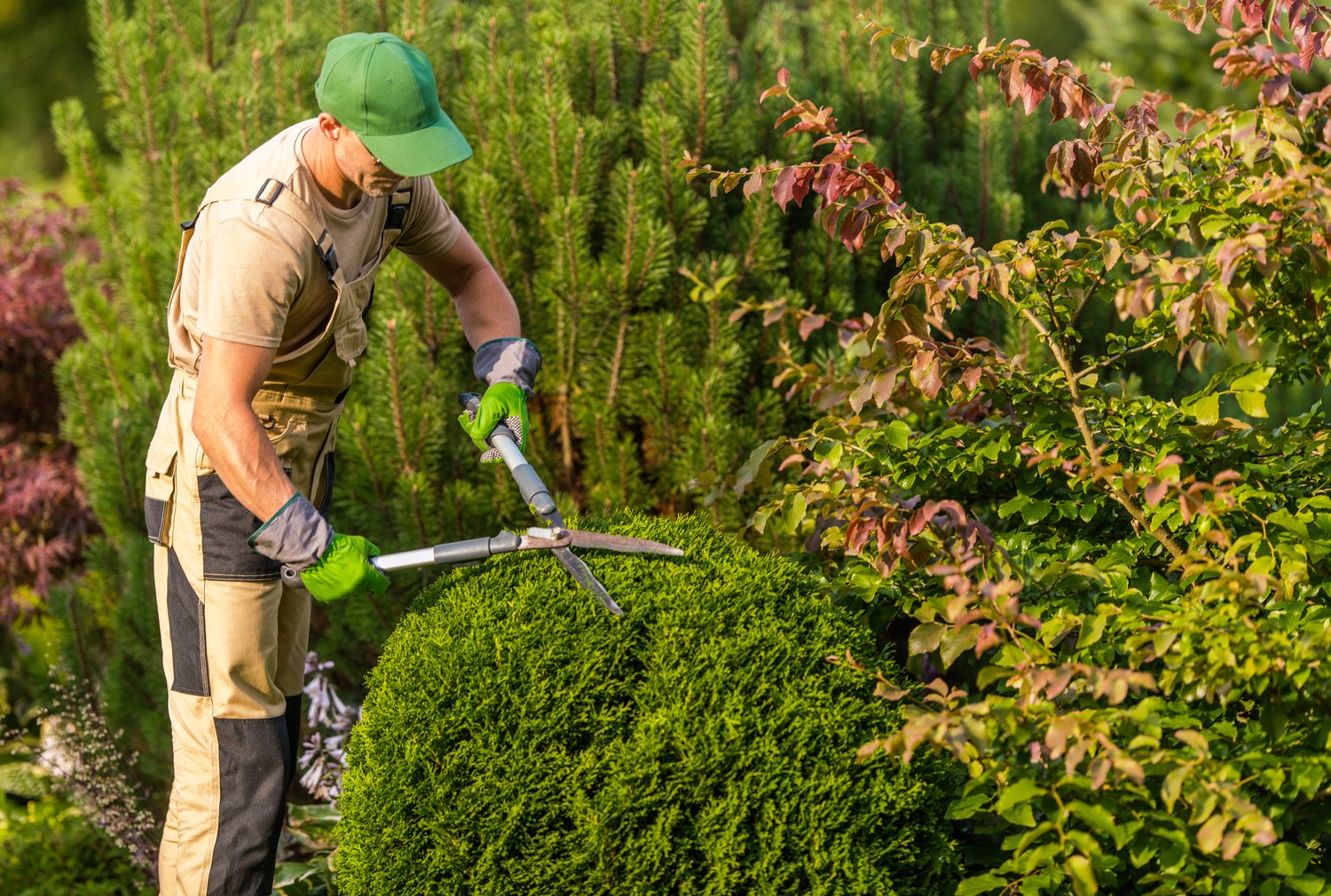Creating a beautiful garden doesn’t have to mean committing to endless hours of maintenance. By strategically selecting hardy perennials and long-living shrubs, you can design a landscape that thrives with minimal intervention. These plants establish strong root systems over time, requiring less watering, fertilizing, and overall care than annuals or more delicate varieties. A thoughtfully planned low-maintenance garden not only saves time and effort but can also be more environmentally friendly and cost-effective in the long run.
Understanding the Benefits of Low-Maintenance Gardening
Low-maintenance gardening represents a shift away from labor-intensive landscaping toward a more sustainable approach. By focusing on easy care perennials and shrubs, gardeners can significantly reduce the time spent on routine tasks like watering, weeding, pruning, and replanting. These established plants typically develop deeper root systems that access groundwater more effectively, making them naturally more drought tolerant. Additionally, a well-designed low-maintenance garden offers ecological benefits by providing consistent habitat for beneficial insects and wildlife. The financial advantages are equally compelling—fewer replacement plants to purchase, reduced water bills, and less money spent on fertilizers and pest control products.
Selecting the Right Plants for Effortless Beauty
The foundation of any successful low-maintenance garden lies in appropriate plant selection. Native perennials and shrubs are often the ideal choice as they’ve already adapted to local climate conditions, soil types, and rainfall patterns. When exploring low maintenance garden plants ideas, consider options like coneflowers, black-eyed Susans, and sedum for sunny spots. These perennials return year after year with minimal care while providing stunning blooms. For shadier areas, hostas, astilbe, and ferns offer reliable foliage with little intervention required.
Woody shrubs form another cornerstone of the easy-care landscape. Varieties like viburnum, ninebark, and boxwood provide structure and visual interest throughout the seasons. Once established, these shrubs typically need pruning only once annually, if at all. Many modern cultivars have been specifically bred for disease resistance and compact growth habits, further reducing maintenance requirements. As experts at AskHomey often recommend, taking time to research plant varieties suited to your specific growing conditions pays dividends in reduced maintenance for years to come.
Embracing Drought Tolerant Landscaping Principles
Water conservation represents a significant benefit of low-maintenance gardening. Drought tolerant landscaping incorporates plants that thrive with minimal supplemental irrigation once established. Mediterranean herbs like lavender, rosemary, and thyme not only offer culinary benefits but also survive extended dry periods with their silvery, water-efficient foliage. Ornamental grasses such as feather reed grass, blue fescue, and switchgrass add movement and texture while requiring little water.
Beyond plant selection, several design strategies enhance water efficiency. Grouping plants with similar water needs prevents overwatering some while underwatering others. Incorporating a 2-3 inch layer of organic mulch around plants helps retain soil moisture, suppress weeds, and gradually improve soil structure as it breaks down. Consider also how hardscaping elements like stone pathways, gravel sections, and decorative boulders can reduce the total planted area while adding year-round visual interest without any watering requirements.
Design Strategies for Minimum Effort, Maximum Impact
Thoughtful garden design dramatically affects maintenance levels. Creating planted beds with generous spacing allows perennials and shrubs to reach maturity without overcrowding, reducing competition for resources and the need for frequent division. Edge definitions between lawn areas and planting beds using materials like steel edging or stone borders prevent grass from encroaching into gardens, eliminating tedious edge trimming.
Consider implementing the concept of “garden rooms” where different sections serve various purposes. A seating area surrounded by low-maintenance shrubs might transition to a perennial border, which then blends into a naturalistic area with native plants. This approach creates visual diversity while allowing you to concentrate your limited maintenance time on the most visible areas. Incorporating year-round interest through plants with multiple seasons of appeal—spring flowers, summer foliage, fall color, and winter structure—ensures your garden remains attractive throughout the year without constant replanting.
Establishing and Maintaining Your Easy-Care Landscape
While low-maintenance gardens require less care overall, they still benefit from proper establishment and occasional attention. During the first year after planting, even drought-tolerant varieties need regular watering to develop strong root systems. This initial investment in care pays off in subsequent years as plants become increasingly self-sufficient. Apply a slow-release organic fertilizer once annually in spring rather than frequent feeding throughout the growing season.
Seasonal maintenance can be consolidated into a few focused sessions rather than weekly chores. A single major cleanup in late winter or early spring prepares the garden for new growth, while selective deadheading of spent blooms during summer extends flowering periods for many perennials. Rather than bagging fall leaves, consider allowing them to decompose in planting beds as natural mulch and soil amendment. This approach mimics natural systems, building soil health while reducing labor and waste.
For more tips and to connect with reliable home service professionals, follow AskHomey on Facebook and Instagram.



